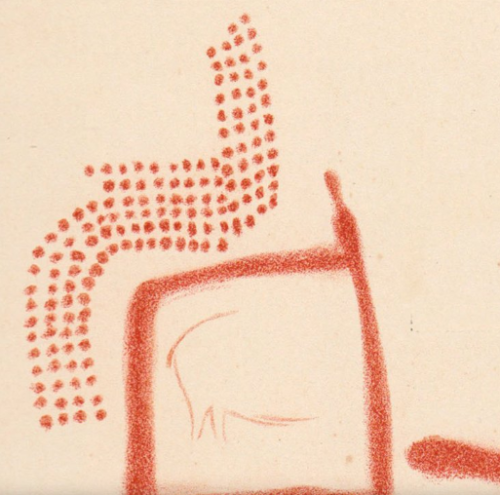
Cuneiform, presumably Akkadian since it’s from this article about AI reading Akkadian cuneiform.

Cuneiform, presumably Akkadian since it’s from this article about AI reading Akkadian cuneiform.

Xerxes I inscription by Van Castle in Turkey, ca 470 BCE. A cuneiform inscription in Old Persian, Elamite and Babylonian.

A fragment of a dharani woodblock print in Sanskrit and Chinese, c. 650–670, Tang dynasty. More info (in Chinese).

A woodblock print of Pratisara Dharani from the 700s. It’s a buddhist talisman written in Sanskrit and it was found in modern day China. Carrying printed texts like this was believed to be beneficial for the person in life or afterlife.
Source: Jahyun Kim (2020) Korean Single-Sheet Buddhist Woodblock Illustrated Prints Produced for Protection and Worship

Pratisara mantra, 927 CE

Mahāpratyaṅgirā mantra, 971 CE
Both of these are Chinese uses of the (Indian) Siddhaṃ script. h/t: Karl Kempton’s A History of Visual Text Art (p. 57)
These text/graphics objects are possibly 40 000+ years old. Found in Australia. More here.
Made in the Huari culture of Peru, sometime between year 750 and 1000.
Works from the Paracas Culture in Peru from around 800-100 BC. Looted photos of looted objects.

These grid-like cave paintings were apparently made by neanderthals, some 60,000 years ago.